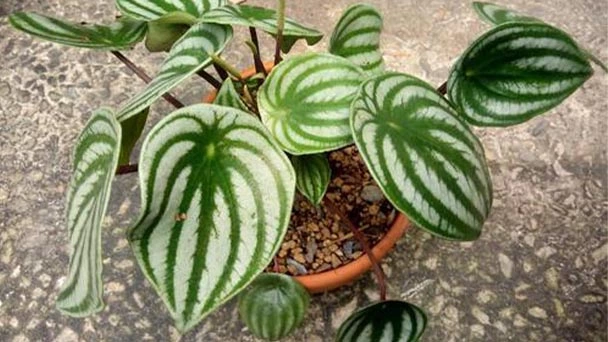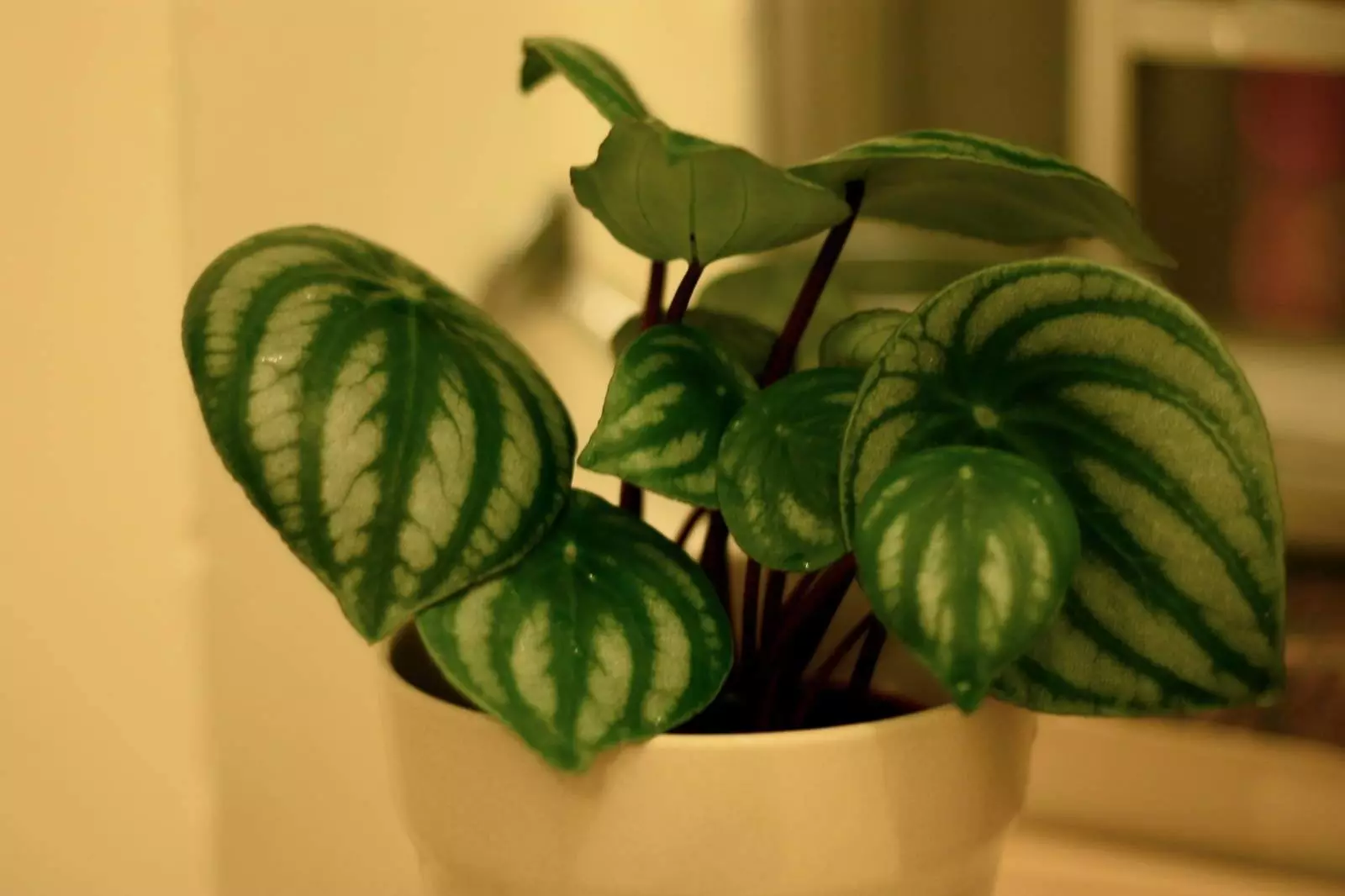How To Save My Watermelon Peperomia Root Rot?
Written by Ivy
Jan 04 2022

The root rot of Watermelon Peperomia is closely related to temperature, watering times, diseases and pests and other factors. After we found the rotten roots of Watermelon Peperomia, we need to take out the plants to check the degree of rotten roots. If we can save them, we can use a clean and sharp pruning knife to cut them at the junction of rotten roots and healthy roots. If the rotten root is serious, throw it away directly. Watermelon Peperomia needs little water and fertilizer, and the problem of ponding and fertilizer damage is easy to lead to plant rotten roots.
Read More:
How Much Light Does Watermelon Peperomia Need?
Read More:
What Is The Best Soil For Watermelon Peperomia?
If the rotten roots of Watermelon Peperomia are found late, or even rotten and smelly after rotten roots, such Watermelon Peperomia is unlikely to be saved again. We can directly take out Watermelon Peperomia and throw it away. The used soil can only be reused after disinfection and sterilization.
Causes of Watermelon Peperomia Root Rot
- Low Water Temperature
- Excessive Watering
Read More:
How Much Light Does Watermelon Peperomia Need?
- Phytophthora Infestation
Read More:
What Is The Best Soil For Watermelon Peperomia?

How To Save Watermelon Peperomia Root Rot?
- Cut Off Rotten Roots
- Reduce Moisture
- Effect of Fertilizer Damage
If the rotten roots of Watermelon Peperomia are found late, or even rotten and smelly after rotten roots, such Watermelon Peperomia is unlikely to be saved again. We can directly take out Watermelon Peperomia and throw it away. The used soil can only be reused after disinfection and sterilization.
Latest Updated
- Benefits of Bugleweed - 7 Science-backed Health Benefits
- Bugleweed Dangers & Side Effects - Is It Poisonous?
- How to Plant Evergreen Trees - What You Should Know
- When to Plant Evergreens - Grow Guide for Evergreen Trees
- 12 Wonderful Evergreen Shrubs for Your Garden
- 12 Popular Evergreen Plants with Pictures for Beginners
- When And How To Prune A Lilac Bush Like a Pro
- How to Grow & Care for Lilac Vine (Hardenbergia Violacea)
- Japanese Lilac Tree (Syringa Reticulata) Care & Propagation Guide
- Shumard Oak Pros and Cons - What to Know
Popular Articles
- Winter maintenance of Antirrhinum Majus
- How to Grow Terminalia Mantaly Tree
- How to Grow and Care for Crossostephium Chinense
- How to grow Antirrhinum Majus in spring
- Peristeria Elata (Dove Orchid) Profile: Info & Care Guide
- Underwatered Snake Plant (Sansevieria Trifasciata) - Signs And How To Fix
- How to Care for Brazilian Jasmine Plant (Mandevilla Sanderi)
- How to Grow & Care for Graptopetalum Purple Delight in Summer
- Rosa Chinensis (China Rose): Plant Growing & Care Tips
- How to Care for Baby Sun Rose (Aptenia Cordifolia)